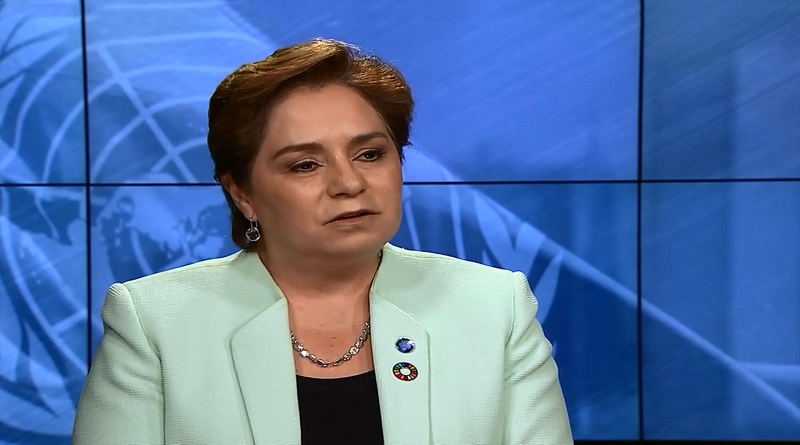Climate Change: Fashion industry shift $2.5tr to low carbon
With the help of the UN, the world’s USD 2.5 trillion USD fashion industry is shifting to more sustainable business models which can help fight climate change and achieve the Sustainable Development Goals.
The fashion industry, including the production of all clothes which people wear, contributes to around 10% of global greenhouse gas emissions due to its long supply chains and energy intensive production. The industry consumes more energy than the aviation and shipping industry combined.
Shifting practices in the fashion industry to reduce carbon emissions is key to limiting warming to as close to 1.5°C above pre-Industrial Revolution levels, in line with the goals of the Paris Agreement on Climate Change.
In addition to its carbon intensive supply chain and production processes, the fashion industry consumes a great deal of other precious resources.
To make just one pair of denim jeans, 10,000 liters of water is required to just grow the one kilo of cotton needed for the pair of jeans. In comparison, one person would take 10 years to drink 10,000 liters of water.
Cumulatively, the fashion industry produces about 20% of global waste water. Furthermore, 85% of textiles end up in landfills or are incinerated when most of these materials could be reused.
One good example of how ambition to tackle climate change is growing in the fashion industry is collaborative initiative called the UN Alliance for Sustainable Fashion, co-sponsored by 10 UN organizations including UN Climate Change.
To help build awareness around fashion’s impact on the environment, UN Development Program Goodwill Ambassador Michelle Yeoh explains the use of forest based materials for sustainable fashion in this video “Made in Forests”.
UN Climate Change encourages sustainable fashion through its Climate Neutral Now (CNN) campaign which connects organizations that want to offset carbon emission with investments in carbon emissions reductions across the developing world.
Lindita Xhaferi-Salihu, who works for Climate Neutral Now, described CNN’s involvement with sustainable fashion as “kick-starting a multi-stakeholder initiative to mobilize fashion around climate action through three work streams: enabling “within sector” collaboration; facilitating engagement with policymakers; and catalyzing action and providing recognition.”
At last year’s major UN Climate Change Conference in Bonn, Germany, the fashion industry outlined which steps it is taking to support the goals of the Paris Climate Change agreement.
For example, the fast fashion retailer H&M shared their strategy to be 100% run on renewable energy by 2040 with a fully circular production model, where the by-product of one industry serves the objective of another.




